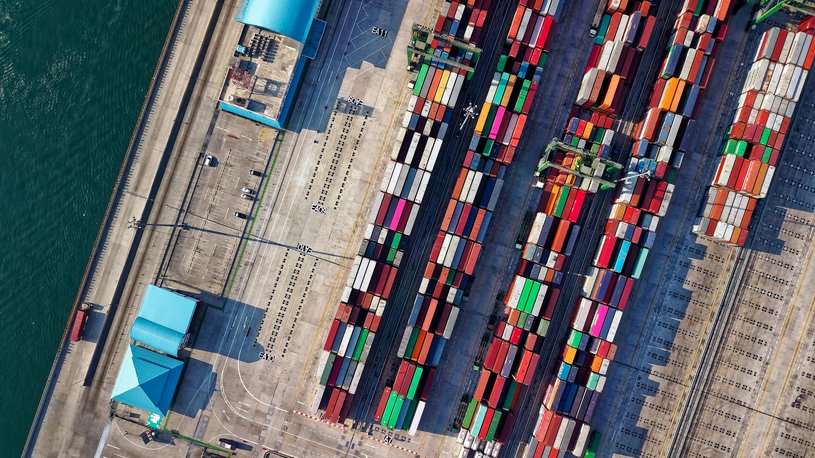In today's world, reefers (refrigerated containers) are becoming indispensable to the transport sector, due to the rising demand for robust cold chains and eco-friendlier sea transport of perishables. However, despite their growing importance, conventional reefers are using climate- and environmental harming refrigerants. Reefers have not been clearly addressed in international climate agreements like the Paris Agreement or the Montreal Protocol, which explains partly the slow adoption of sustainable technologies.
The Greener Reefers Transition Alliance, a joint initiative by GIZ and the Kühne Climate Center (abre en una nueva ventana), aims to accelerate the transition towards environmentally friendly reefers. Conventional reefers use high-GWP refrigerants that break down into persistent PFAS chemicals (also known as “forever chemicals”), specifically TFA1. Most alternatives considered by the industry still have a relatively high GWP value or an eventual higher emission of TFA.
Our Greener Reefers project (abre en una nueva ventana) is prototyping a reefer with R290 refrigerant, enhanced compressor energy efficiency, and superior insulation to reduce energy consumption.
We estimated the potential emissions mitigation based on various adoption scenarios of R290 technology and energy efficiency gains, guided by data from Wangeningen University's ATO (abre en una nueva ventana) database. Other assumptions have been made based on academic research and comments from experts in the industry.
Emissions are simply calculated under the logic of the TEWI2 formula (Total Equivalent Warming Impact), which separates emissions in direct and indirect emissions. For refrigeration systems, direct emissions are a result of leakages of the refrigerants used and their end-of-life disposal. Indirect emissions are a result of the energy consumption and the associated carbon intensity of the fuel or technology used to generate the electricity. Our findings, considering direct refrigerant leakages and indirect emissions from energy use, show significant potential for reducing CO2 emissions.
Our scenarios consider:
- R290 Adoption in new units: No adoption, slow adoption (20% by 2050), and fast adoption (50% by 2050).
- Energy Efficiency Gains: A base increase of 7.5% and additional gains of up to 20% for R290 units.
- Refrigerant Phase-Out Schedules: Following EU F-gas, Kigali, and a non-compliance schedule.
- IMO Emission Intensity Reduction Goals: Targets for 40% reduction by 2030 and 70% by 2050, and no compliance of these goals
The results: By achieving IMO goals and implementing the Kigali as well as the EU F-gas regulation, emissions are significantly reduced. The other variables in our model (the adoption rate and efficiency gains of R290 units), had a smaller impact in the results. For this reason, the results are summarized in six average scenarios as shown in the graph.

